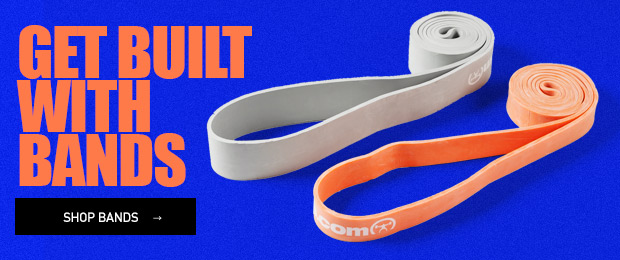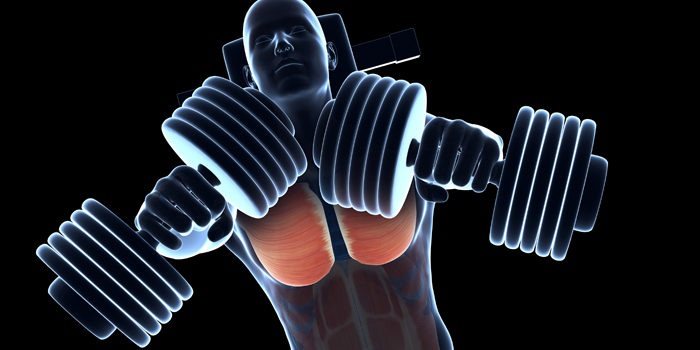
What is a Muscle Chain?
The muscle chain is a predetermined pattern a group of muscles that collaborate to facilitate each other. In this way, less power is needed from each muscle so that they can perform a great task together.
For example, if you stand up and lift your right arm straight forward, the body starts by relaxing in the left leg and foot, then it moves the weight over to the right leg. This makes the lateral lever-arm shorter than if both of your feet were weight-bearing. Now the muscles around the leg are tight on the right side. After that moves, the strain through the thigh, lumbar spine, and abs, finally engages the muscles around the shoulder that lifts the arm. Try to stand with all the weight on the left foot and lift your right arm. Then lean over to the right and raise your right arm again. Can you feel the difference?
RECENT: 6-Step Method to Develop Pure Strength
You probably feel that the arm is heavier standing on the same foot.
This is something that is very important to understand so that you can plan your workout correctly. Imagine that you set up a line of dominos. It's enough for you to drop the first, so the others fall from the power that is constantly transferred from one domino to another and then the weight takes over the job and pulls over the domino that falls. We do not think about how it works because it’s so obvious. When a domino becomes unstable enough, the force of gravity wins over the domino that falls and hits the next brick into falling and pushing the next and the next...
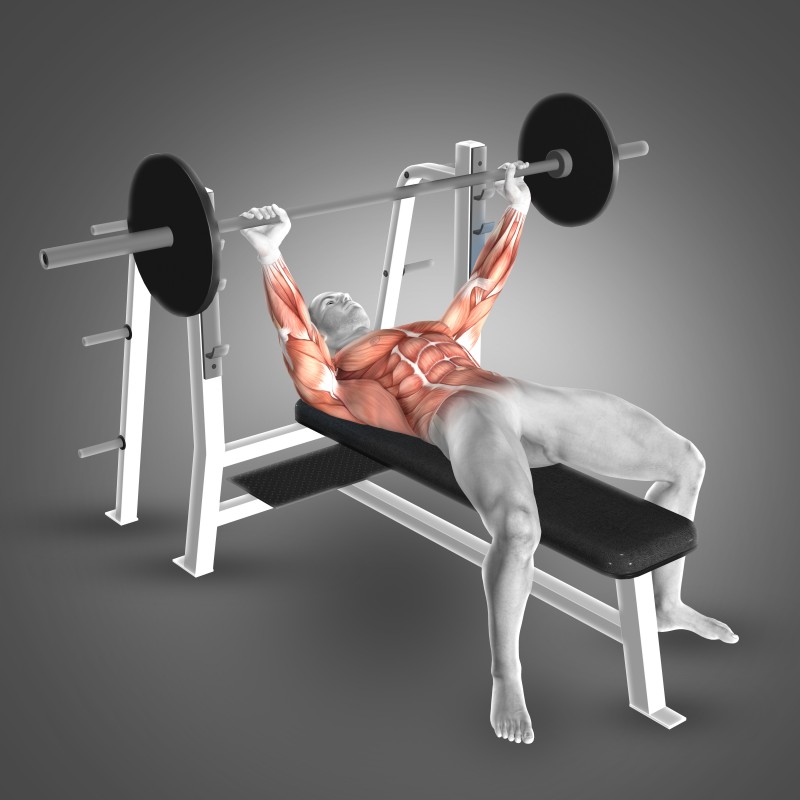
Kirsty Pargeter © 123rf.com
Imagine that muscles have the capacity to work the same way. The difference is that we work in the opposite direction to gravity when we exercise, which is what forces muscles to become strong. Despite this, we have a predetermined way muscles work that transfers the movement energy from one muscle to another. The muscle takes over the acceleration from the previous muscle and starts the acceleration to the next one, and so on.
In a bench press, the stabilization muscles first fixate your body. As the movement begins, we first start the movement by pushing the upper arm toward the body (as the lats do), and the chest muscles can take over the work and get locked out by the triceps assisted by the shoulder. If we do not get activity from the lats at the beginning, the shoulder is forced to compensate at the start until the pectoralis muscle can take over. This is the reason I’ve been seeing too many shoulder problems.
I was going to lead a workshop, and one guy contacted me and said that he was unsure if he could come and attend because of his pain during the bench press.
“Then you definitely should join the workshop,” I replied. He came and attended. The workshop was held on a Saturday.
Then he could just press 50 kilograms for one rep because of the pain in his shoulders. On Wednesday, I received an email from him; he had done 4x15 reps of 50 kilograms in a bench press. Four days later!
I have seen this many times, and a couple of times each month, I get emails from clients who have come up to their old max weights or have beaten their old personal bests in the bench press.
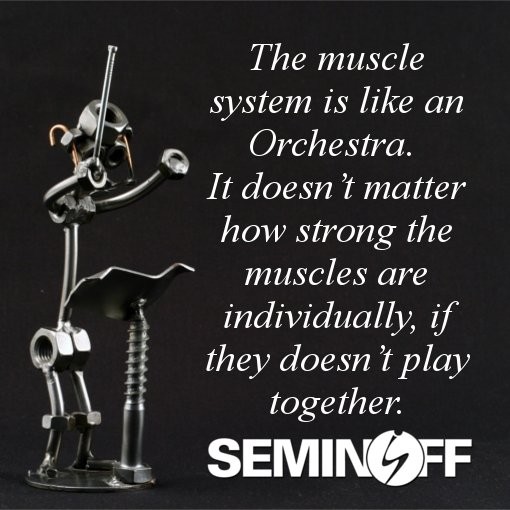
Open or Closed Muscle Chain?
When exercising to get better in any specific sport, you try to imitate the movement when you choose exercises. Just think of this with the open and the closed muscle chain: it means that if you’re training push-ups versus bench press, you’re working two completely different muscle chains!
In a closed muscle chain, we carry ourselves up on feet, hands, elbows, or knees. The area in contact with the floor is the weight-bearing point. A push-up is a closed muscle chain because we push ourselves from the floor on our hands. The weight is carried on hands and feet.
In a bench press, on the other hand, our backs are laying on the bench. Even if we hold the weights in our hands, our back is bearing weight against the bench. In a bench press, you start by activating the lats, then letting your pectoralis, the shoulder, and the triceps take over. In a push-up, you get another muscle involvement.
RELATED: How I Trained for a 600-Pound Bench
Therefore, there is no direct correlation between bench presses and push-ups. If you are good at push-ups, you don’t have to be good at bench press or vice versa. Same thing in the leg press and squat. There are completely different muscles involved, even if you work the same muscles to a large extent, you use them in another order.
A simple rule of what defines an open or closed muscle chain is when you push the object from the body, and in a closed muscle chain, you push the body from the object.
- Squat: Closed muscle chain
- Bench Press: Open muscle chain
- Deadlift: Closed muscle chain
- Lat Pulls: Open muscle chain
- Chins: Closed muscle chain
- Good Mornings: Closed muscle chain
- Back Extensions: Open muscle chain
The big differences between these muscle chains are how much muscle is involved and how the muscles need to be engaged. In the closed muscle chain, more muscles need to be engaged because more muscles are needed to carry the body up during the lift — the stabilization muscles. In open muscle chains, the body may partially rest on its own body mass before or during the exercise, which means that not as many muscle cells need to be used.
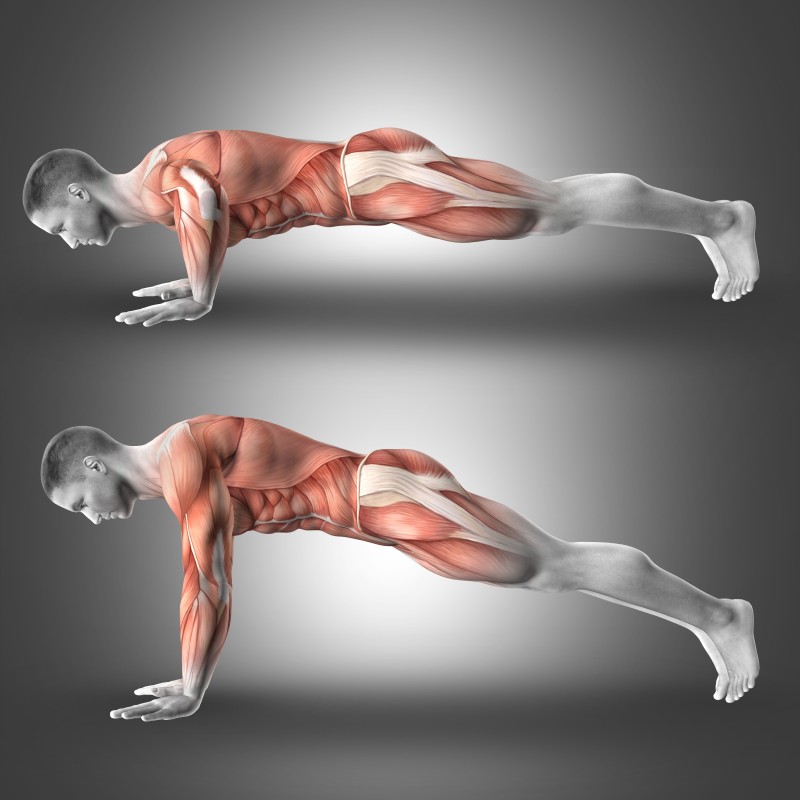
Kirsty Pargeter © 123rf.com
What is of interest to athletes, in general, is to engage as many stabilization muscles as possible. The stronger they become, the less effort is needed from them to get help in the movement that the competition includes. For example, think about a tennis player striking the ball away. If he would focus on the strength of the movement performed by the arm, the same power would not be generated at all. Research has shown that 50 percent of the force in the movement comes from the core – the stabilization muscles needed in the stroke movement.
That's why I'm pretty skeptical when I see how some personal coaches put up the golfers, tennis players, football players, etc. training. They'll have to pull wire or a rubber band and never “break through” the movement. The muscles learn that at the end of the movement, the movement will slow down and the rate of force will be phased out.
However, what can work is to attach a swing fan to the golf club to increase the air resistance of the movement, making the exact movement as you use to do when you play. You hit the strike with increased resistance. It also works to do it underwater, and I have seen several throwers who trained underwater with discus, spear, shot put, etc.
Takeaways
- Learn how your muscles cooperate in movements
- Don’t waste time on leg presses if you want to become a better squatter
- Why you shouldn’t train with heavy bands for striking movements
- The importance of stabilization muscles
Header image credit: Sebastian Kaulitzki © 123rf.com










